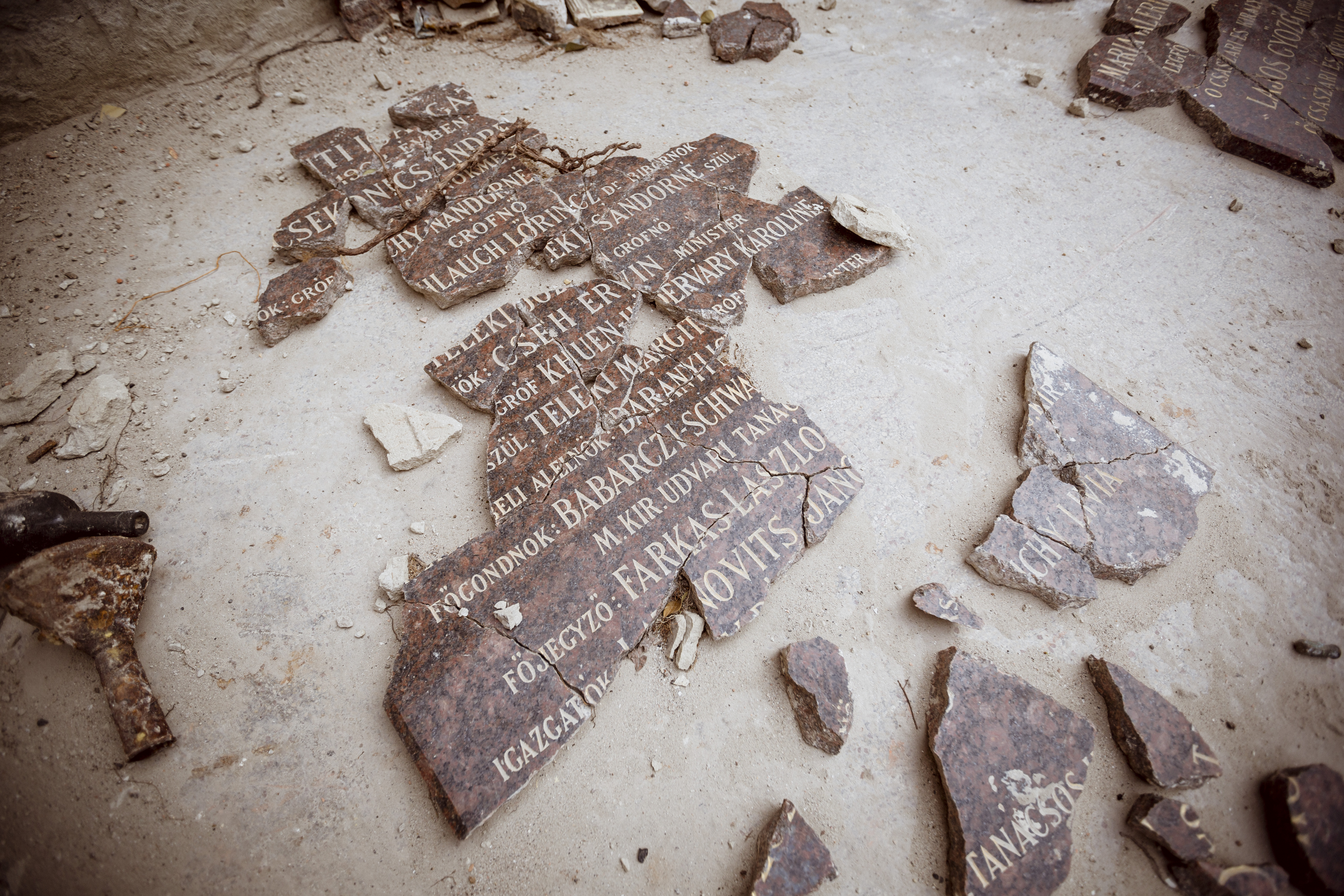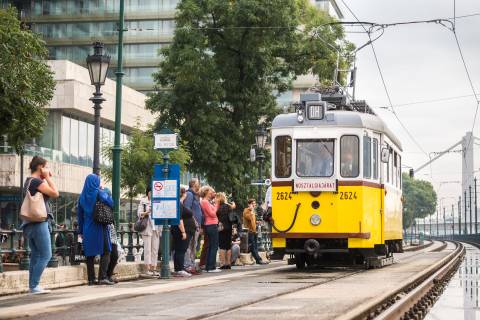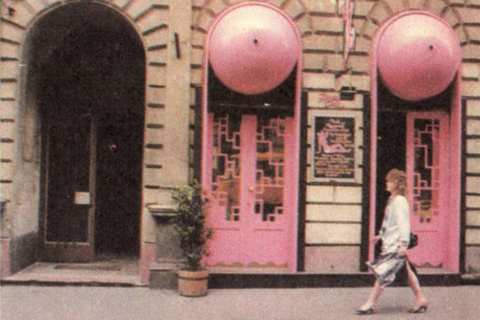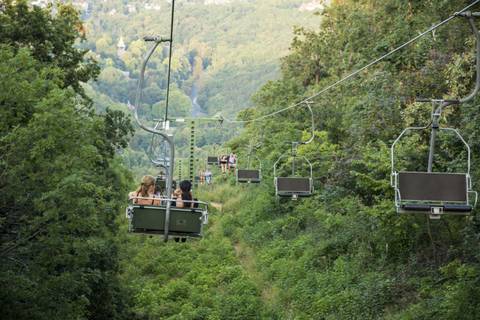Buda's Castle District is once again the site of incredible historical finds, as a previously unexplored section of the medieval fortifications has been unearthed in the Csikós courtyard, alongside remnants of the World War II Red Cross Headquarters.
Archaeological discoveries are common in the Castle District, including two sculptures found in January of early Hungarian leaders Álmos and Előd. These findings came from the site of what was once the Red Cross Headquarters in 1948, now a site for reconstruction after decades of neglect.
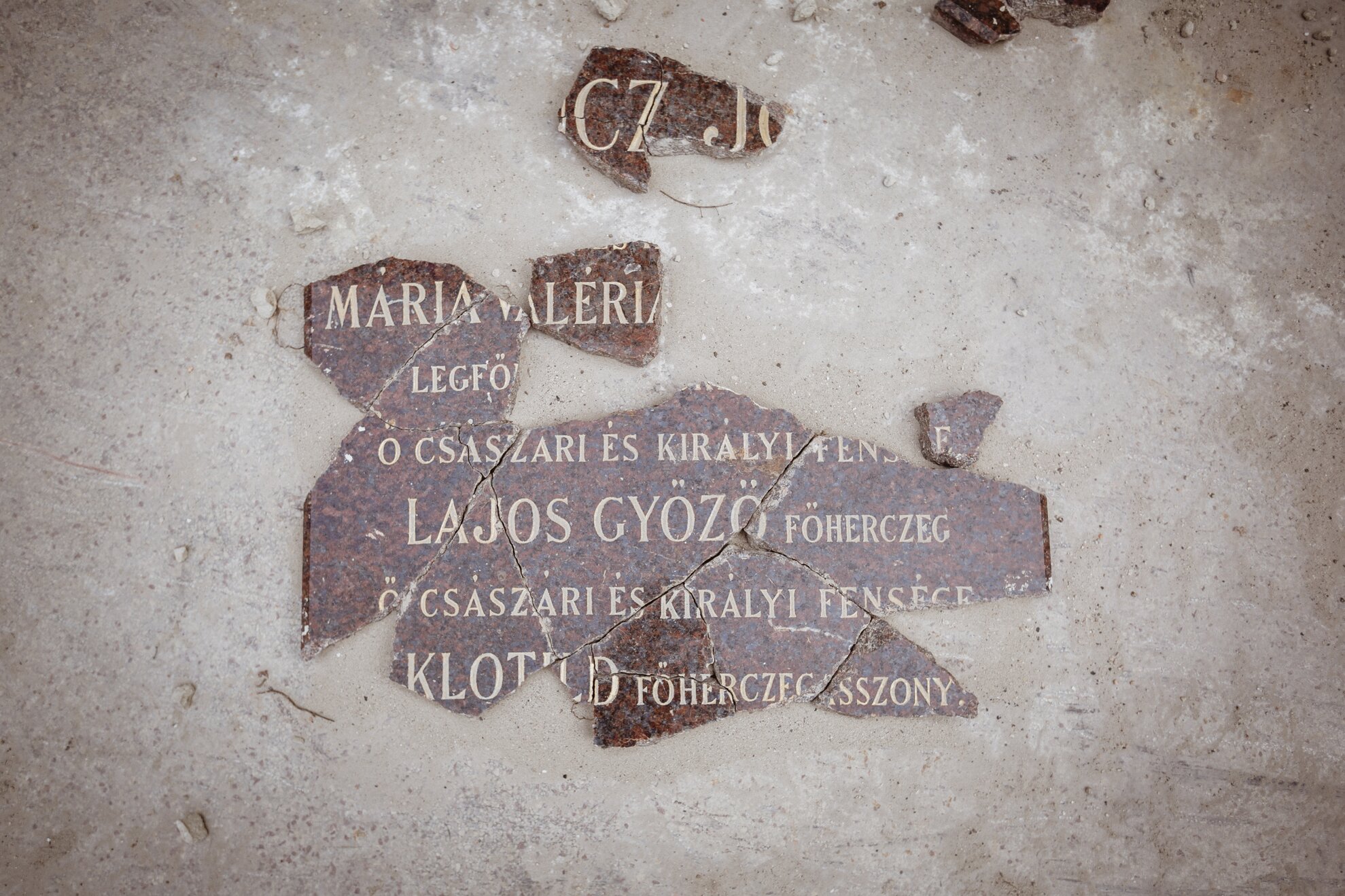
More pieces of the Red Cross Headquarters have been discovered, including the original granite slabs which, according to the 1902 plans by Alajos Hauszmann, featured three such tablets along the south-facing wall of the entrance. Two have been discovered so far, heavily damaged but reassembled by a team of archaeologists. One of the plates includes the list of the central directorate, while the other lists the names of chief patrons. It reads:
Chief patrons: His Imperial and Apostolic Royal Highness Francis Joseph I. Her Imperial and Royal Majesty Archduchess Mária Valéria. Chief Deputies: His Imperial and Royal Highness Archduke Lajos Győző, Her Imperial and Royal Majesty Archduchess Klotild.

In the southern connecting wing of Buda Palace, specialists have been working on a set of stairs and discovered authentic stone steps leading into the old basement. This part of the building is almost completely intact, and shows the original basement height. These stairs, along with contemporary building details found during last year’s survey, will facilitate the restoration of the palace wing, including the rebuilt St Stephen’s Hall. These restorations are expected to open for public viewing from August 2021.
Restoration and accessibility of the Csikós courtyard is a part of the National Hauszmann Programme, and will create a connection between the courtyard and this level of Buda Castle. The work began by demolishing the wall additions made in 1970, and behind these modern constructions, hitherto unknown, were parts of a medieval wall.
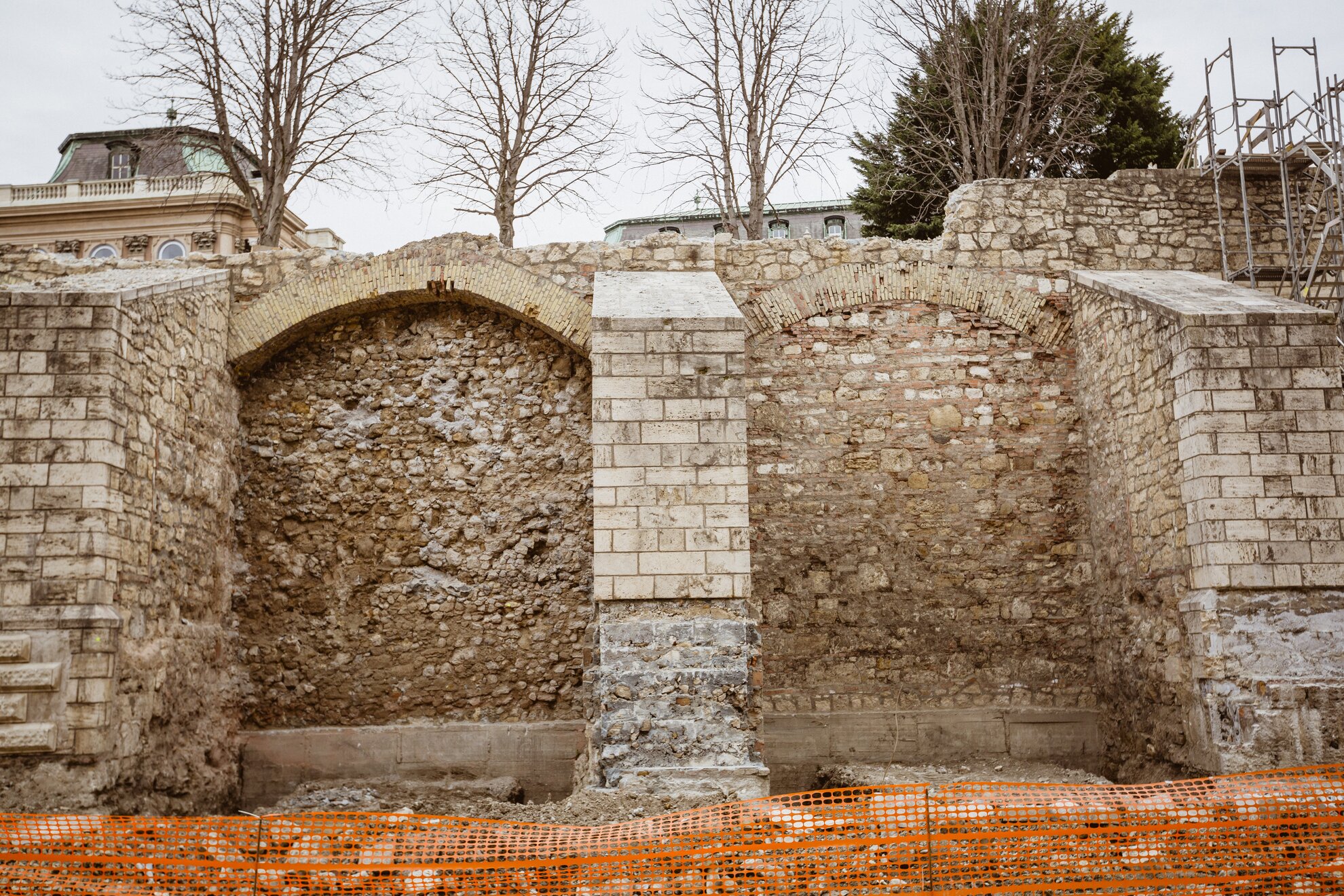
This section of the old castle wall protected the northern forecourt of the medieval Royal Palace, constructed during the early-medieval Anjou era and probably completed under the subsequent Zsigmond dynasty. Experts from the Budapest History Museum are aiding staff of the Castle Headquarters in their investigation.
